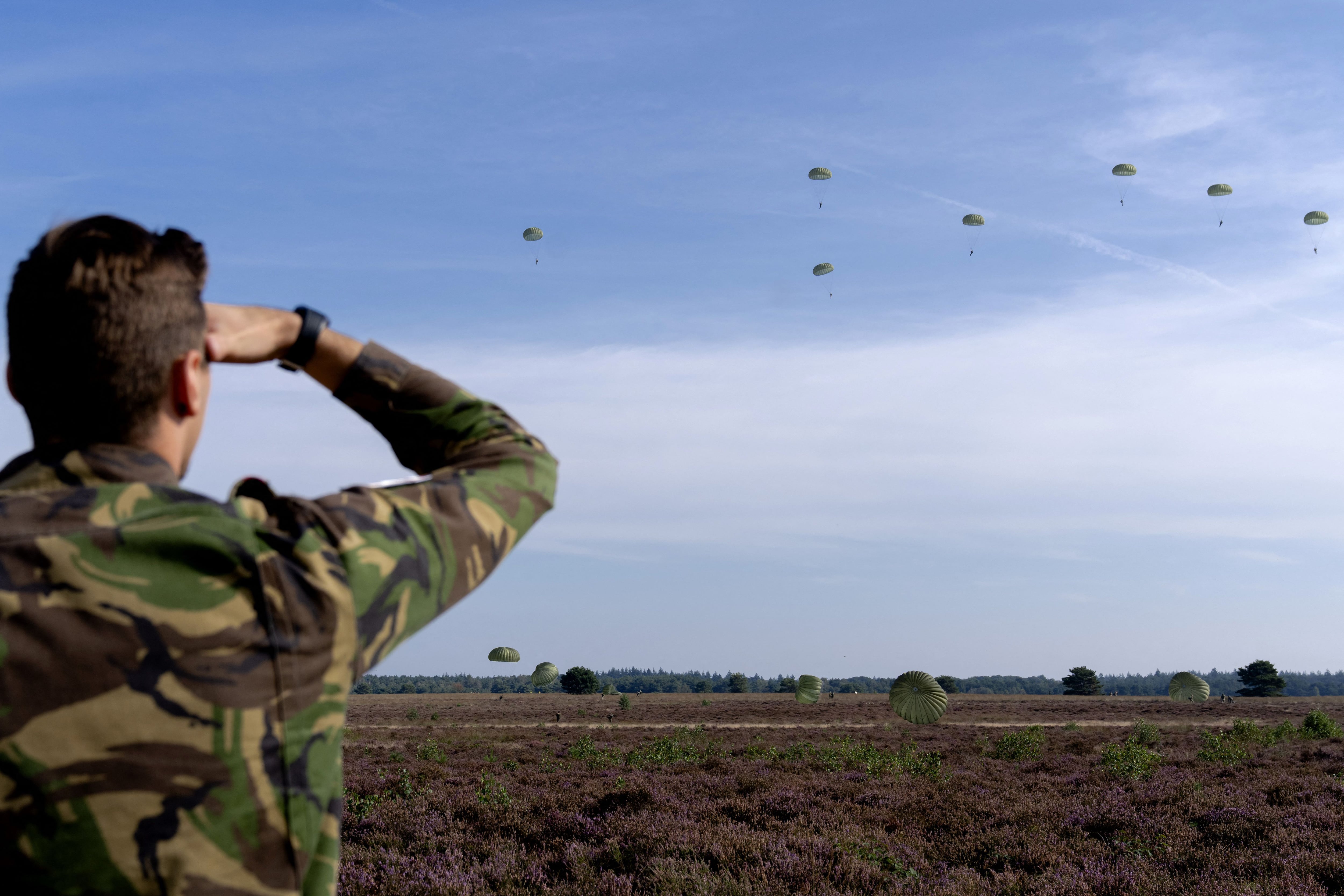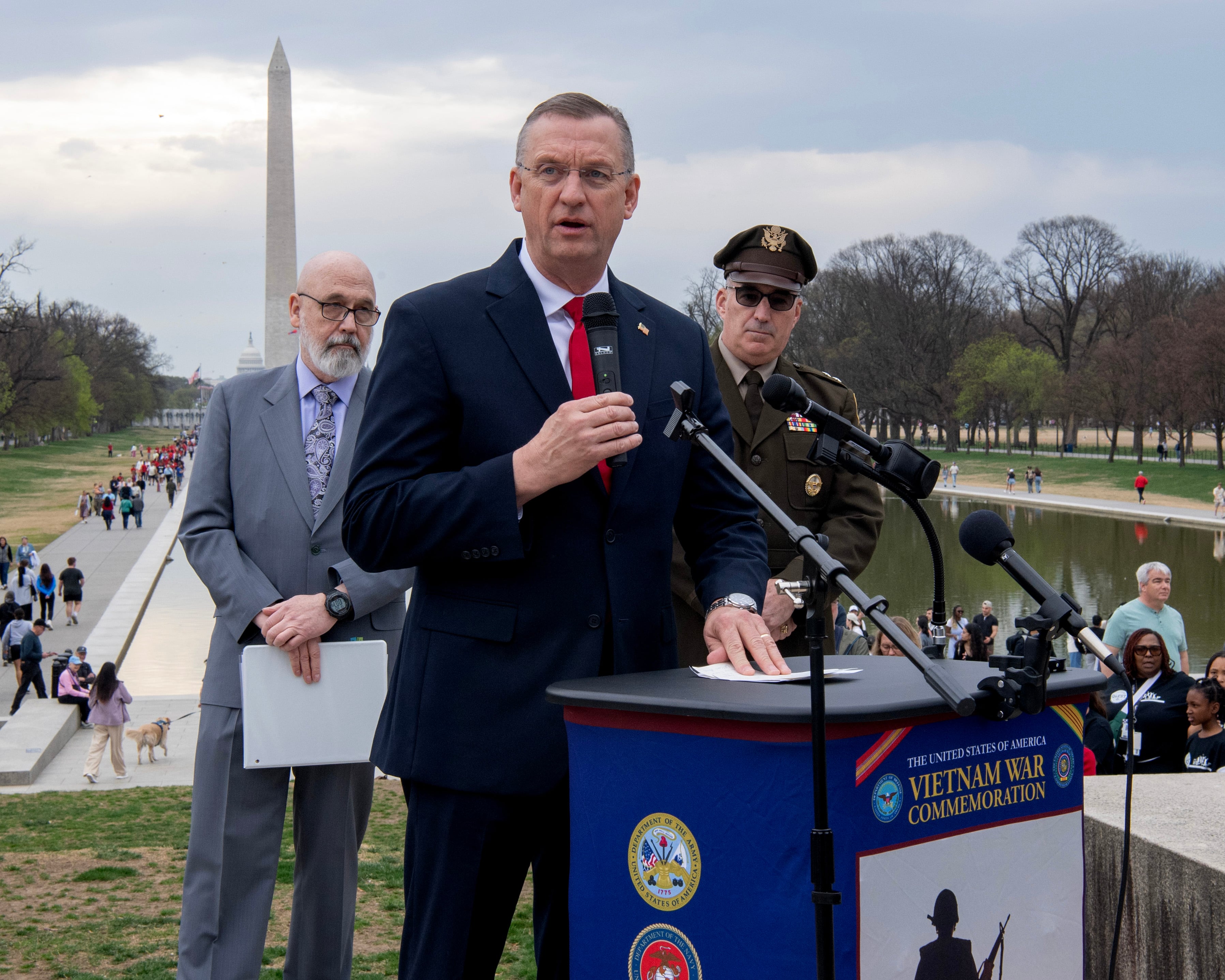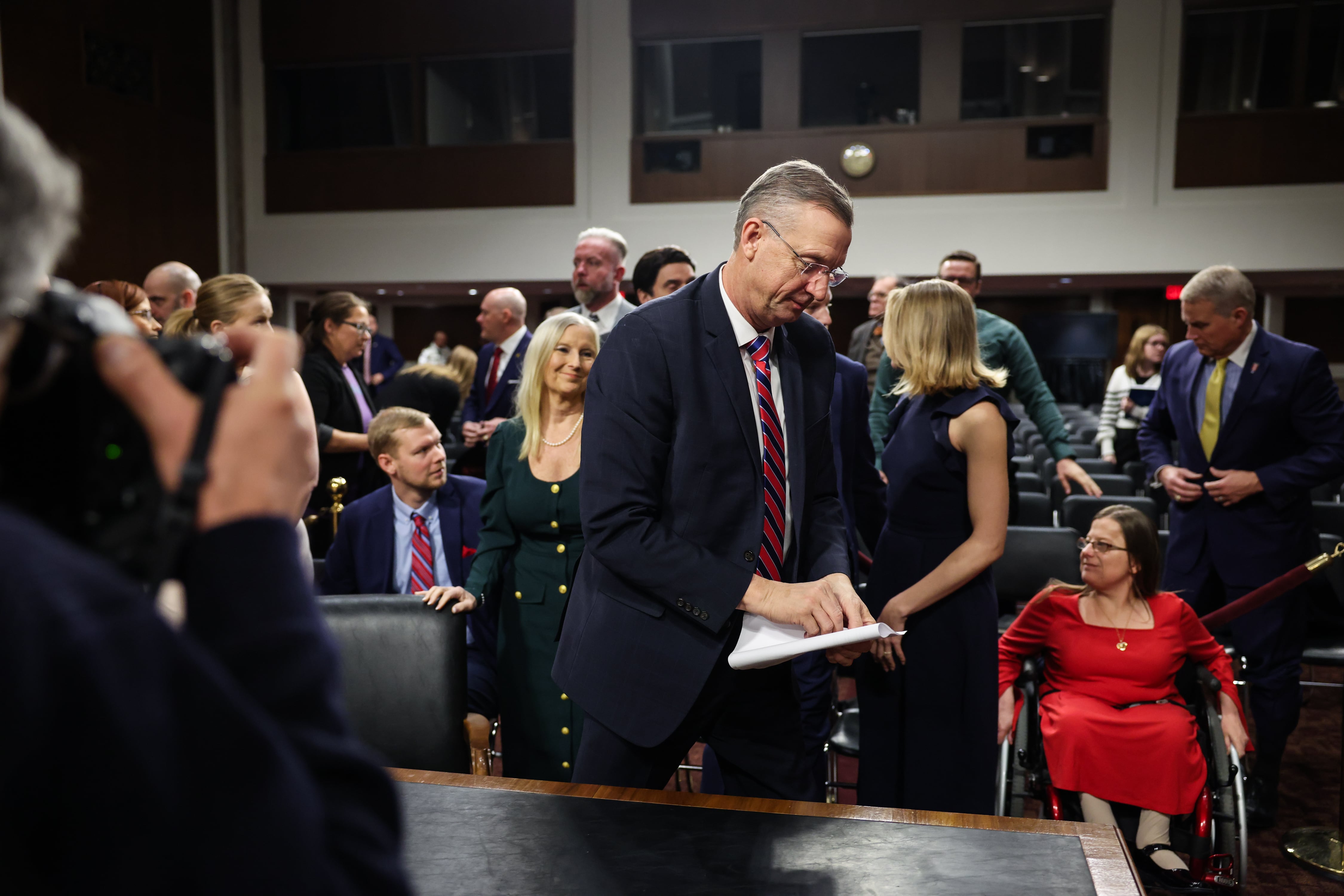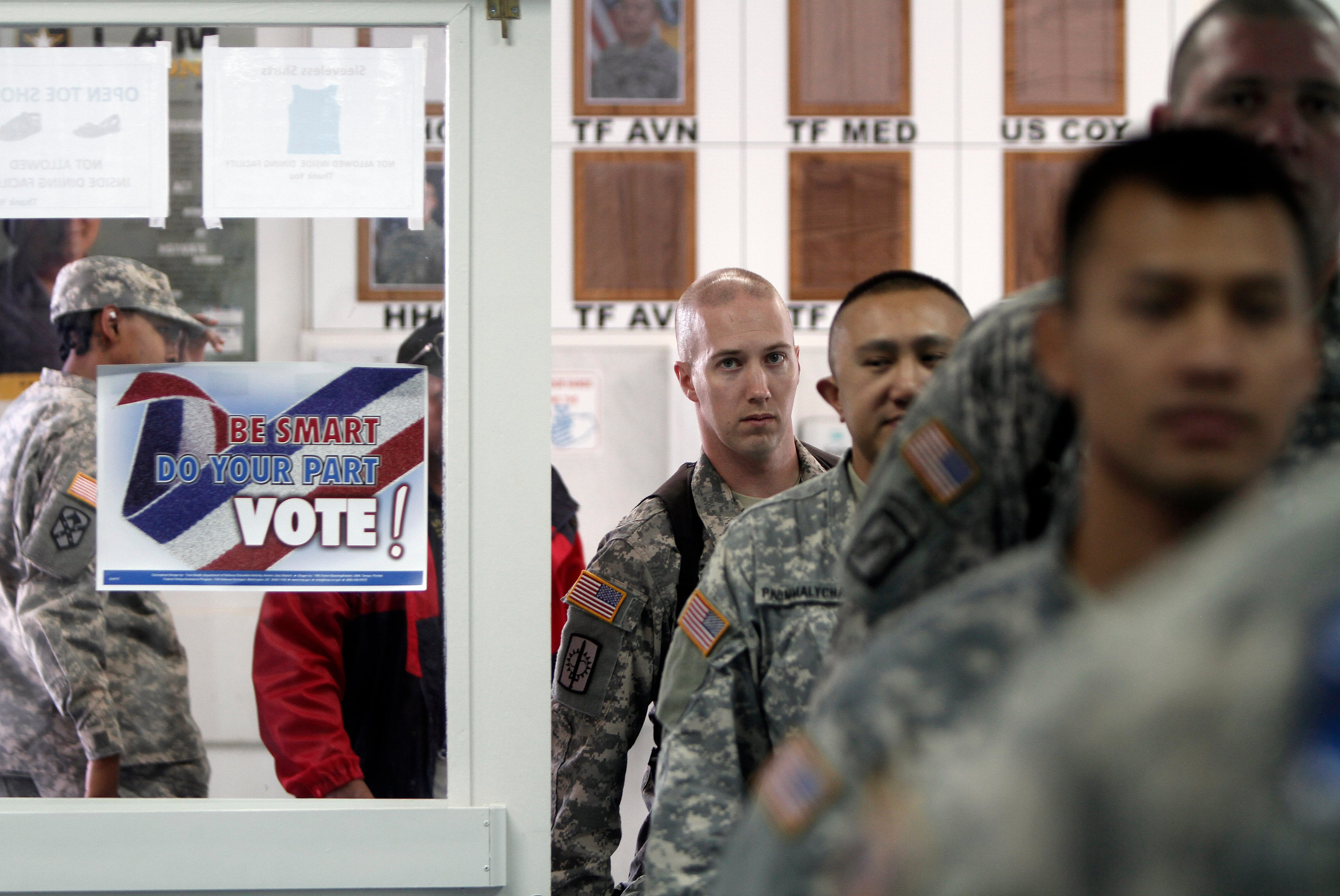Secretary of Defense Pete Hegseth’s Feb. 12 remarks to the Ukraine Defense Contact Group shook many Europeans into believing that America’s commitment to the alliance is wavering dangerously.
While Hegseth stressed that the United States remains committed to NATO – “full stop” – three points that he emphasized created greater doubts. The ball is now in Europe’s court to address those three points with initiatives at the NATO summit, to be held in the Hague this June.
If Europe responds positively, it can place NATO on a new healthy footing.
First, Hegseth reinforced President Trump’s demand that Europeans spend 5% of GDP on defense. A “Strategic Responsibility Initiative” at the Summit should address this demand. While stronger military capabilities are the important outcome, politically this percentage has become a visible measure of whether Europe is sharing enough of NATO’s burden.
NATO Europe in the aggregate now meets NATO’s benchmark floor of 2% spending, although important outliers like Italy and Spain are not yet there.
By comparison, the U.S. spends just under 3.5%. Reaching 5% for Europe could be a useful long term goal, which might allow Europe to defend itself without much U.S. assistance. But transitioning to that capability will take considerable time. Europe is nowhere near ready to defend itself.
A feasible goal for this Strategic Responsibility Initiative might be a European pledge to match in the aggregate the percentage of GDP that America spends on defense by the end of the decade.
Spending at the 3.5% level, which NATO’s leadership supports, would allow Europe to implement Supreme Allied Commander Europe’s new defense plan for Europe. Accomplishing that by the end of the decade would also address Russia’s expected military reconstitution after the Ukraine war ends.
The Strategic Responsibility Initiative could also begin to address Trump’s 5% demand by focusing on the most vulnerable front-line states. Trump has previously said he might not agree to defend nations who do not spend enough on their own defense.
The three Baltic states plus Poland are the most vulnerable NATO countries to Russian aggression. Together these four states might take the 5% pledge at the Hague summit. Poland is nearly there. Lithuania has pledged to spend 5% soon.
Latvia and Estonia are not far behind and should be encouraged to make such a joint pledge, together setting a good example to the rest of Europe.
Second, Hegseth said robust security guarantees underpinned by capable peacekeeping forces are needed for Ukraine. But he made clear that they should not be provided under NATO auspices or by the United States.
While he subsequently walked back a statement that Ukrainian membership in NATO was not a realistic outcome of negotiations, President Trump has also indicated that the U.S. was unlikely to support Ukrainian membership anytime soon.
Trump unfortunately seems determined to honor Putin’s veto on NATO membership for Ukraine.
Several major European states have taken up the challenge. A second NATO summit initiative should be built around security guarantees for Ukraine. This might take the form of a coalition of the willing. But a much more effective mechanism would be a robust EU-led peacekeeping force, augmented by other key nations.
The EU has its own military command and experience in over 40 small overseas operations. This would be the EU’s largest mission, but it would demonstrate Europe’s willingness to defend its own interests.
With such a deployment, the EU should also set aside complicated hurdles and rapidly embrace Ukrainian membership. That way the EU Article 42(7) mutual defense clause would extend to Ukraine, a linkage Russia would have to take seriously. Once this mechanism is in place, the U.S. should be encouraged to participate.
Third, Hegseth stressed that the Trump administration would prioritize deterring war with China. Given China’s aggressive military behavior in Asia and its rapid military modernization, deterring this peer competitor is not an unreasonable goal for the United States. But it need not come at the expense of instability and possible military miscalculation in Europe.
A third Hague Summit package – a NATO “Asian Partnership Initiative” – could make it clear to the Trump administration that NATO has a useful role in helping the United States deter Chinese aggression. Once this is recognized, the U.S. should be encouraged to retain a strong NATO alliance.
The 2024 NATO summit in Washington took several steps in this direction. It declared China a “decisive enabler” of Russia’s war on Ukraine. It called China a systemic challenge to the Euro-Atlantic area. And it called the Into-Pacific region “important” to NATO’s security.
At The Hague, NATO needs to create specific actions to demonstrate NATO’s willingness to deal with an aggressive China, short of an Article 5 commitment. It might declare that the Into-Pacific region is “vital” to NATO’s security. It might create a formal NATO-Indo-Pacific Council linking America’s European and Asian allies, with ongoing consultations at the political and military level.
A new “coercion against one is coercion against all” standard could underpin the new Council. It might make clear that a Chinese military attack on Taiwan would have catastrophic global consequences for China.
NATO might establish new intelligence sharing mechanisms with Asian partners. It might create liaison offices in Brussels, Tokyo, Seoul and Canberra. It might create a NATO Center of Excellence in Asia on economic security challenges. It might establish formal NATO freedom of navigation exercises in the South China Sea.
While Hegseth’s remarks seemed at first to destabilize the Alliance, if Europe responds positively along the lines of the three summit initiatives discussed above, the net result could be a new and more stable Alliance.
The outcome is now in Europe’s hands.
Hans Binnendijk is a distinguished fellow at the Atlantic Council. He previously served as NSC senior director for defense policy, director of NDU’s Institute for National Strategic Studies, and acting director of the State Department’s Policy Planning Staff.
Daniel S. Hamilton is senior non-resident fellow at the Brookings Institution and senior fellow at the Foreign Policy Institute of Johns Hopkins SAIS. He served as deputy assistant secretary of State for Europe and associate director of the policy planning staff for two U.S. secretaries of State.




